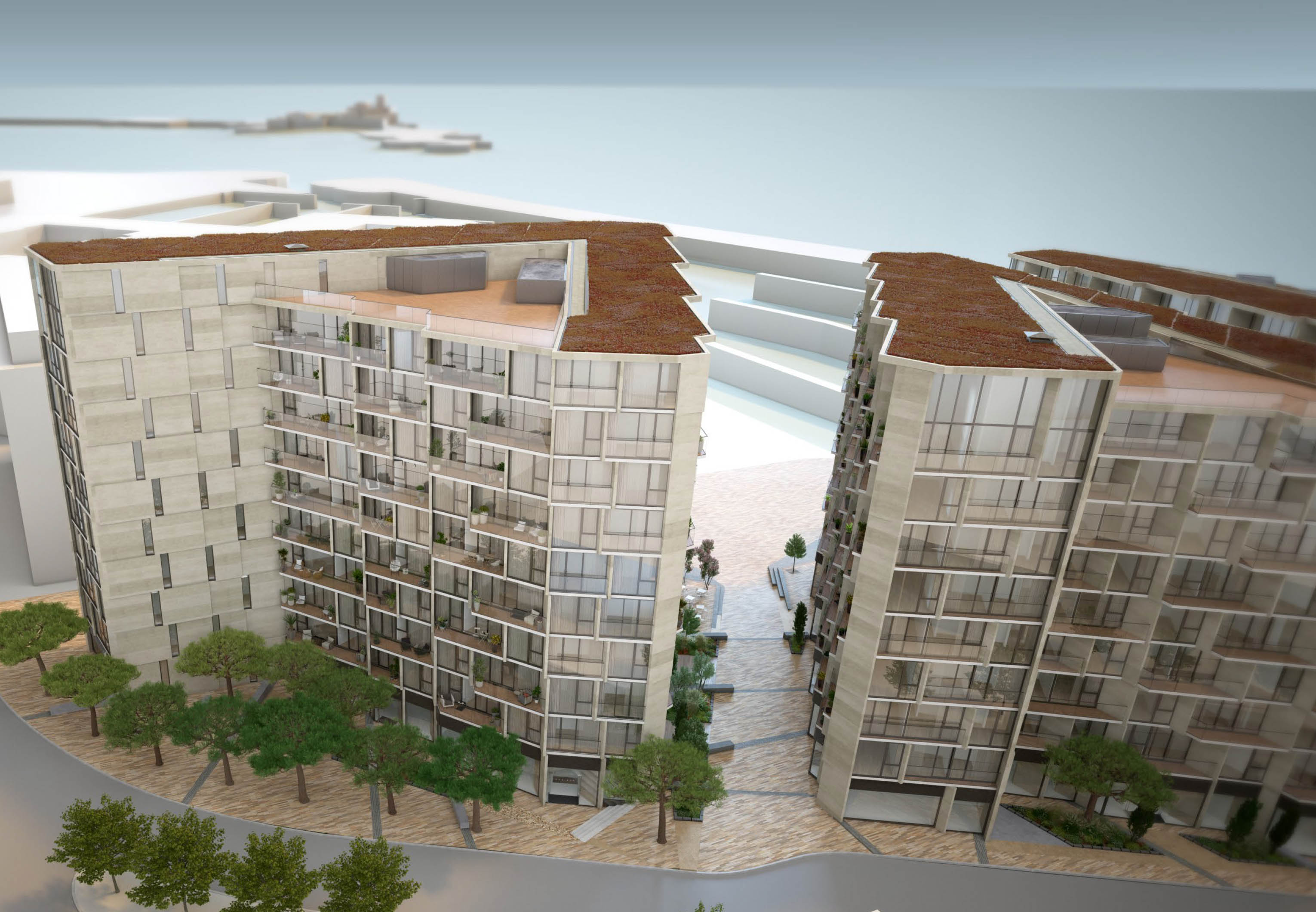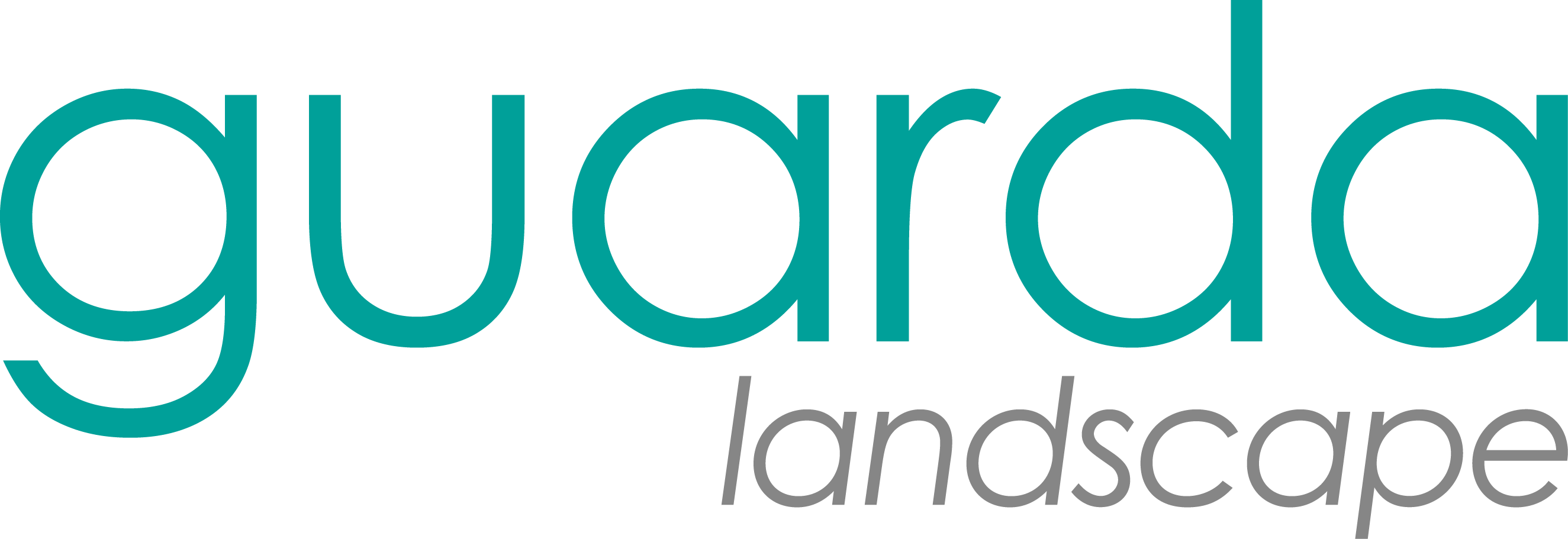
Recently I was asked to define a green and brown roof. ‘What is the difference?’
Last week we put together a specification for a brown roof on each of the three new Horizon buildings on St Helier’s stunning waterfront. They spiral down, at a slight gradient, facing south into the sun and towards Elizabeth Castle. The conditions will be challenging, with strong, saline winds, periods of drought and occasional rain.
An extensive green roof is planted, usually with a sedum turf laid on a drainage fleece. However, it can also be a deeper substrate (with a water storage/retention layer) to support a wildflower turf or seed. It is immediately ‘green’ on implementation, although sedum can actually be a mix of colours (sometimes brown which adds to the confusion).
A brown roof (often referred to as a ‘biodiverse roof’) is essentially a substrate-based system that encourages local biodiversity to use the roof space (plants, insects and birds). The general philosophy is that components should be selected and included that will create ‘ground’ conditions on the roof that are as close as possible to those of the undeveloped site. The roof substrate should be constructed using mineral/aggregate material.
At St Helier we are selecting a brown roof system as each roof will not be overlooked and so will not need to be instantly green. The ability for native plant species to colonise and eventually create an ecologically rich rooftop landscape will be a long-term robust solution.
Whatever size your project (domestic or commercial), you must consider loading, waterproofing and drainage. Consult with an engineer to check the suitability of the roof for planting and then give us a call to advise on colour – green, brown and then there is also blue…
Catherine is currently on the BSI committee, writing the new British Standard for green roof substrates.
(Visualisation – credited to F10 Studios)
